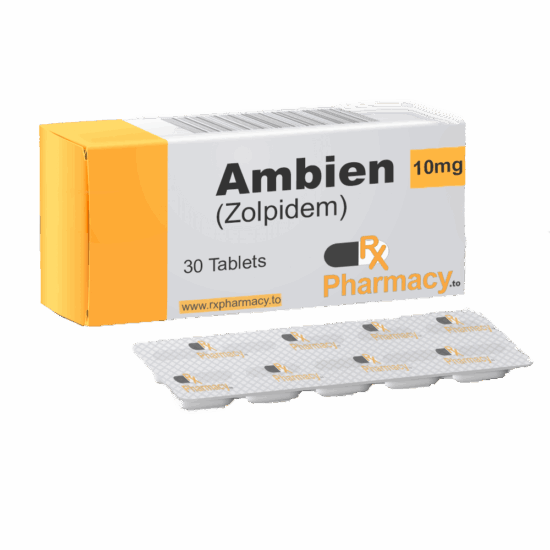Description
Buy Lunesta (Eszopiclone) Online – A Prescription Sleep Aid for Insomnia
Do you frequently toss and turn in bed, struggling to fall asleep? The constant battle for a full night’s rest can leave you feeling drowsy, exhausted, and unable to function at your best. While improved sleep hygiene and lifestyle changes may help, sometimes they aren’t enough. In such cases, a healthcare provider may recommend Lunesta (eszopiclone), a prescription sleep medication designed to help you fall asleep faster and stay asleep longer.
This guide covers everything you need to know about buying Lunesta online, its uses, side effects, warnings, and how to get a prescription from a licensed medical professional.
What Is Lunesta (Eszopiclone)?
Lunesta (eszopiclone) is a sedative-hypnotic medication primarily prescribed for short-term treatment of insomnia. It works by enhancing the effects of GABA (gamma-aminobutyric acid), a neurotransmitter in the brain that promotes relaxation and sleep.
🔹 Key Features of Lunesta:
-
Helps you fall asleep faster
-
Reduces nighttime awakenings
-
Improves sleep duration and quality
-
Typically prescribed for 1–2 weeks (long-term use may lead to dependence)
What Is Lunesta Used For?
While Lunesta is FDA-approved for insomnia, doctors sometimes prescribe it off-label for:
-
Anxiety-related sleep disturbances
-
Restless legs syndrome (RLS)
-
Shift work sleep disorder
-
Jet lag management
-
Chronic pain-related insomnia
Do You Need a Prescription for Lunesta?
Yes, Lunesta is a controlled substance (Schedule IV) due to its potential for dependence. You cannot buy Lunesta online without a valid prescription from a licensed healthcare provider.
How to Get a Lunesta Prescription Online
-
Consult a licensed doctor via telemedicine.
-
Discuss your sleep issues and medical history.
-
If deemed appropriate, the doctor will issue a prescription.
-
Order Lunesta from a trusted online pharmacy (see links below).
Lunesta Side Effects
While Lunesta is effective, it may cause side effects, including:
Common Side Effects:
-
Drowsiness
-
Dizziness
-
Dry mouth
-
Unpleasant taste (metallic or bitter)
-
Headache
-
Mild nausea
Serious Side Effects (Seek Medical Help):
-
Allergic reactions (rash, swelling, difficulty breathing)
-
Memory loss or confusion
-
Mood changes (aggression, depression, hallucinations)
-
Sleepwalking or unusual behaviors
-
Withdrawal symptoms (if stopped abruptly)
Important Warnings & Precautions
⚠️ Habit-forming: Lunesta can be addictive if misused. Avoid long-term use.
⚠️ Next-day impairment: May cause drowsiness, dizziness, or reduced alertness—avoid driving or operating machinery.
⚠️ Avoid alcohol & other sedatives (increases risk of severe side effects).
⚠️ Not for everyone: Consult a doctor if you have liver disease, depression, or a history of substance abuse.
⚠️ Pregnancy & breastfeeding: Not recommended unless absolutely necessary.
How to Take Lunesta Safely
✅ Dosage: Typically 1–3 mg before bedtime (start low to minimize side effects).
✅ Take it right before bed (only if you can sleep for 7–8 hours uninterrupted).
✅ Avoid high-fat meals before taking it (delays absorption).
✅ Do NOT stop suddenly—taper off under medical supervision to prevent withdrawal.
Where to Buy Lunesta Online
You can purchase Lunesta (eszopiclone) from trusted online pharmacies with a valid prescription. Here are some recommended products:
🔗 Related Sleep & Anxiety Medications:
🔗 Other Prescription Medications Available:
Final Thoughts
If insomnia is affecting your quality of life, Lunesta (eszopiclone) may be an effective short-term solution. However, always consult a doctor before use and follow dosage instructions carefully to avoid dependency.
Ready to improve your sleep?
👉 Buy Eszopiclone (Lunesta) Online with a valid prescription today!
For more information on sleep aids and prescription medications, visit Online RX Shop.
Disclaimer: This article is for informational purposes only and does not constitute medical advice. Always consult a healthcare professional before starting any new medication.








Reviews
There are no reviews yet.